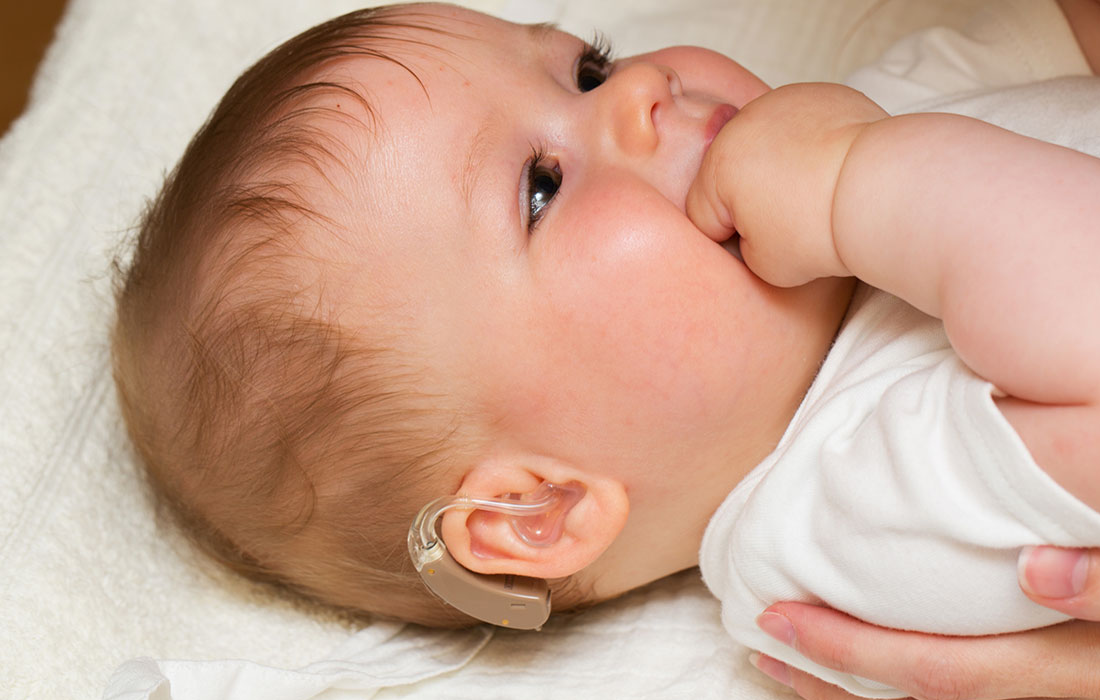Stem Cell Therapy for Specific Conditions
Human Pluripotent Stem Cell-Derived Inner Ear Cells May Improve Congenital Hearing Loss
A genetic defect is the most common cause of hearing loss at birth and in childhood. These hearing losses have a profound negative impact on daily living. Numerous causative genes for genetic hearing loss have been identified. However, at present, there are no truly curative therapies for this condition. When considering curative treatments for genetic hearing loss, gene- and cell-based therapies might be good options, and there have been several recent reports on successful treatment in mice using embryonic gene therapy, neonatal gene therapy, and neonatal antisense oligonucleotide therapy. However, there are only very few reports describing cell-based therapies for genetic hearing loss.
CONNEXINs (CXs) are gap junction proteins that play a crucial role in hearing, and mutations in CXs-encoding genes are responsible for over 50% of cases of hereditary hearing loss in humans. CXs function as intracellular communicators in transporting cAMP, nucleotides, calcium ions, inositol triphosphate, and small molecules for cellular homeostasis. In the mammalian cochlea, the CX26 and CX30 are expressed in the non-sensory epithelium; the supporting cells, stria vascularis, spiral ligament, spiral limbus, and these CXs are co-assembled to form junctions.
A Japanese research group has successfully grafted human iPS cell-derived inner ear cells
The current research team, which includes Dr. Minoda and Dr. Hiroki Takeda of Kumamoto University, and several researchers from Keio University, have successfully grafted human iPS-derived cells into the inner ear of embryonic mice, a feat with a high level of technical difficulty.
First, the research team succeeded in efficiently inducing inner ear cells expressing inner ear specific proteins, such as CONNEXIN 26, CONNEXIN 30, and PENDRIN, from human iPS cells. They then transplanted progenitors of the inner ear cells into the inner ear of embryonic normal and Connexin 30 knockout mice using glass tubes with optimized tip sizes. The transplanted cells grafted to various sites throughout the inner ear in both groups. However, the Connexin 30 knockout mice had more grafted cells than the normal mice, and some of the grafted cells were found to express CONNEXIN 30.
The fact that Connexin 30 knockout mice had a higher number of grafted cells than normal mice, and that some of the grafted cells expressed CONNEXIN 30 is a very important finding when considering cell transplantation as a treatment for hereditary hearing loss caused by CONNEXIN deficiency. Cell transplantation can compensate for missing CONNEXIN and may improve hearing loss by adding properly functioning CONNEXIN proteins.
Furthermore, this study revealed that cells derived from humans can be grafted into the heterozygous inner ear of mouse embryos. This adds the possibility of in vivo experiments on therapeutic effects using human-derived cells in the mouse embryo. Future work will attempt to increase the number of grafted cells and improve hearing ability. The prevention of hearing loss is an exciting prospect.
SOURCE:
Hiroki Takeda, Makoto Hosoya, Masato Fujioka, Chika Saegusa, Tsubasa Saeki, Toru Miwa, Hideyuki Okano, Ryosei Minoda. Engraftment of Human Pluripotent Stem Cell-derived Progenitors in the Inner Ear of Prenatal Mice. Scientific Reports, January 31, 2018; 8 (1) DOI: 10.1038/s41598-018-20277-5
IMAGE:
https://raisingchildren.net.au/__data/assets/image/0015/56121/Hearing-impairment-wide.jpg

